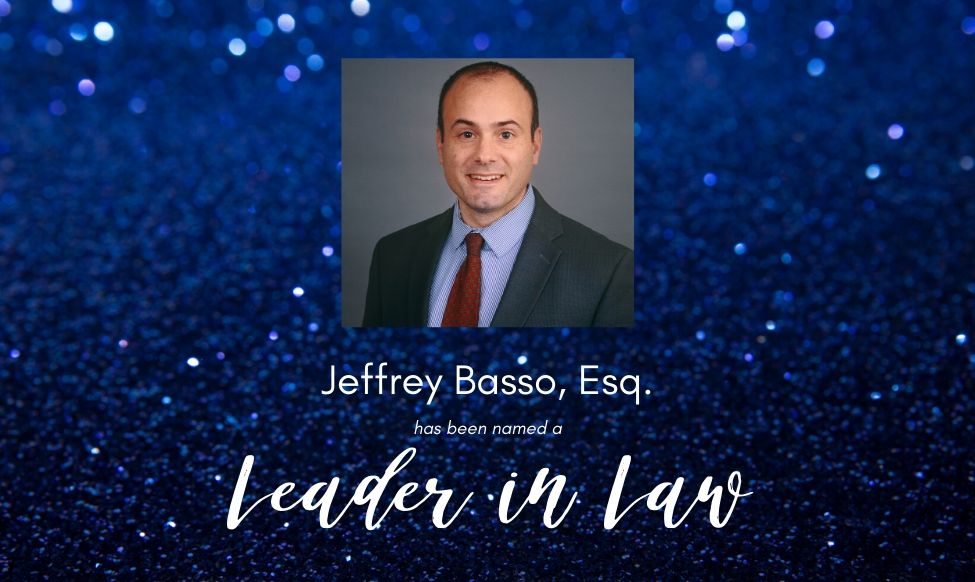By Bernadette Starzee
East/West Industries in Ronkonkoma makes aircraft seats and safety equipment for the aerospace and defense industry. Founded in 1968 by Dom and Mary Spinosa, the company is now led by their daughter, Teresa Ferraro.
“My parents never pushed me to join the family business, and I originally went into banking. But they asked me to help out one day because they were having a special event with two VIPs,” said Ferraro, speaking at HIA-LI’s recent “Get in the Head of the CEO” event.
She showed up not knowing what to expect. It turned out the two VIPs were a military pilot and copilot who had to eject from their aircraft.
“Our equipment saved their lives, and they wanted to shake the hands of every single employee,” said Ferraro, who was inspired by this event to join the family business.
Ferraro was one of the CEO event’s five panelists, who were chosen because their companies won 2019 Business Achievement Awards from HIA-LI, which looks at a number of factors, from revenue and profitability to employee engagement to community involvement and vision for the future, and performs interviews and in some cases site visits with finalists before choosing the winners.
“We decided to hold this panel discussion because you told us you wanted to get up and close and personal and understand the Business Achievement Awards winners better,” Terri Alessi-Miceli, president and CEO of HIA-LI, told the CEO event attendees, many of them affiliated with the 1,300 businesses represented by the trade group.
East/West Industries received the Business Achievement Award in the small business category (for companies with 100 or fewer employees). The company expanded in 2017 to a facility that was 50 percent larger than its previous offices and is in the midst of a three-year plan to expand its workforce by 40 percent, including a program to aggressively recruit veterans.
The award winner in the large business category was Ronkonkoma-based SUNation Solar Systems, which has installed more than 4,000 solar electric systems on Long Island since its inception in 2003. SUNation’s CEO and Co- Founder Scott Maskin was on the panel, as was Bobbianne Ng, chief financial officer for Dominican Village Independent and Assisted Living Communities in Amityville, which was awarded the nonprofit award. The panel also included Felicia Telep, director of operations and marketing for Pure Mammography, a two-year-old provider of screening mammography in a spa-like atmosphere at the Smith Haven Mall in Lake Grove, which HIA-LI named rookie of the year. Deborah Schiff, executive vice president of ambulatory strategy and business development for Northwell Health, rounded out the panel.
The New Hyde Park-based healthcare system, which is New York State’s largest private employer, was presented with a special leadership award at HIA-LI’s Business Achievement Awards.
Ferraro reminisced about how when she first joined East/West Industries 36 years ago, she wasn’t welcomed with open arms by everyone.
“Engineering, manufacturing and the military are very male-dominated industries, and, oh yeah, I was the boss’s daughter,” she said.
Her father served as her mentor, teaching her that to be successful, she needed to engage with people and listen to them.
By being a good listener, Ferraro said she was able to gain the respect of the team as she took on increasing responsibility.
“It’s not about Teresa Ferraro, it’s about the entire East/West family,” she said. “I often think back to the pilots who wanted to thank not just the president or the engineer, but every employee. Every single member of the East/West team is important.”
Schiff, too, spoke about the importance of listening.
In her role at Northwell Health, Schiff is focused on building an ambulatory network to manage the healthcare of the region.
“Every day is a new opportunity to keep my mouth shut and listen to the needs of customers and employees,” she said.
The importance of serving both customers and employees was an important part of the discussion.
“There is a common theme among the panelists,” observed Joe Campolo, managing partner of Ronkonkoma-based law firm Campolo, Middleton & McCormick, who served as moderator for the discussion. “Nobody is talking about ‘I’ or ‘me.’ Everyone here is talking about how what we do is part of a much broader mission. Successful organizations realize that as long as they are doing right by their customers, everything else will follow.”
During meetings at Dominican Village, “for any idea that we discuss, we discuss the impact it will have on our mission,” Ng said. “We want our residents to feel that this is their home, and for them to get the care they need and get to do what they enjoy.”
Ng spoke about the importance of employee satisfaction to customer service.
“If employees are happier, the residents are going to be happier,” she said. “We’re all there to serve our residents, whether we’re the dishwasher or we work in billing or marketing. If our CEO is running late for a meeting, and he’s stopped by a housekeeper, he will sit with that person to address whatever it is they need to discuss. We make sure our employees feel part of the family, and make sure each person knows their function is not just their job title, and that there is room for growth.”
Part of Maskin’s role at SUNation Solar is to serve as “chief fun officer” and to make sure every employee feels fulfilled and thrives at work.
“Our company has personality, and our team buys into the personality and our mission to do right by our customers,” Maskin said, adding that this has helped the company’s business become 65 percent referral-driven.
“Of every 100 customers, 65 come from referrals, so our cost of lead acquisition is very low,” he said.
Pure Mammography has a kiosk in the Smith Haven Mall, where the company educates people about mammography and breast health. The company, which Telep said has plans to expand to eight additional locations in 2020, seeks to make mammograms hassle-free, convenient and relaxing so that more women will choose to get them done. The mammography suite is serene and has a spa-like feeling, with TV screens with beach and mountain views, a coffee and tea bar and caring staff, Telep said.
“We want customers to feel like guests, not patients,” Telep said.
Read more here.









